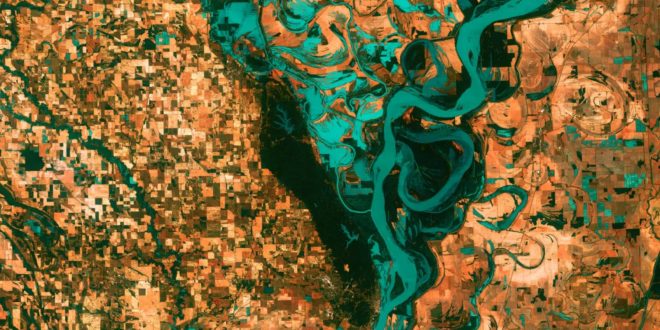Hyperspectral photography firm Pixxel raised $36 million to launch new remote sensing and analytics capabilities.
Google, known for its maps and search engine, invested in the L.A. and Bangalore startup. In an interview, Pixxel CEO Awais Ahmed stated Google’s Series B capital round did not start their relationship.
He explained that Google’s AI research team used Pixxel’s hyperspectral data in agricultural applications. Last year, Google launched Earth Engine, a sophisticated platform that allows governments and enterprises access to hundreds of orbital sensors’ Earth observation data. Ahmed said Pixxel’s data will eventually be integrated into Earth Engine, which many of its users use separately.
Hyperspectral imaging employs a spectrometer to identify item spectra. This photography from space reveals a lot about our world, from gas leaks to minerals and flora. Since 2019, Pixxel has developed and launched three demonstration satellites.
The business sells data to the National Reconnaissance Office and others. Pixxel is now launching its next-generation Firefly constellation “to increase the capacity and to actually reach a point that we can be self-sustaining with revenue,” Ahmed added. The demo satellites had 10-meter resolution, but those satellites will have 5-meter resolution across much of Earth. (Ahmed notes that even 10-meters is the highest-resolution hyperspectral sensor in space.)
Fireflies live two to seven years. Due to greater on-board propulsion, they weigh 50 kilograms versus 15 kilos. Pixxel will launch three Firefly satellites after SpaceX launches three in early 2024. 18 satellites will be launched by 2025.
Aurora analytics, Pixxel’s second main focus, will let users determine an object’s spectral signature with a click. The platform will include crop species recognition, cloud removal, and gas leak notification models. Aurora can track specific regions and generate weekly reports on improvements.
Here's the first sneak peek of our Geospatial analysis data platform "Aurora", a highly intuitive platform to access end-to-end analytics and extract insights from earth observation datasets. Get access to our alpha testing community now: https://t.co/bPA4qYqmId pic.twitter.com/f3wS6SnAWo
— Pixxel (@PixxelSpace) May 8, 2023
“We shouldn’t just dump data down to our customers and have them figure it out,” Ahmed added. “There are very few people in the world who can analyze hyperspectral data, so we realized to actually open it up to a lot more customers than would be possible without it, we will build and put the Aurora platform out.”
The fresh funding allows Pixxel to avoid the “valley of death” that kills many firms, Ahmed added. The $36 million will fund Aurora platform development, the first six Firefly satellites, and their launch next year.
Ahmed also stated that some of the money is going to Honeybees, its next satellite, which would be larger and have higher resolution. Google joined Radical Ventures, Lightspeed, Blume Ventures, GrowX, Sparta, and Athera in the round. Pixxel raised $71 million.
Ahmed predicted that hyperspectral would become as accessible as optical satellite imaging.
“Now, go to Google Earth and look at your houses and roads,” he continued. “Go to a particular area and see how much metal has changed or how much forest has decreased, or be able to hover over something and identify [it]” with hyperspectral data in the future.
“That’s the future.”
 Tech Gadget Central Latest Tech News and Reviews
Tech Gadget Central Latest Tech News and Reviews




